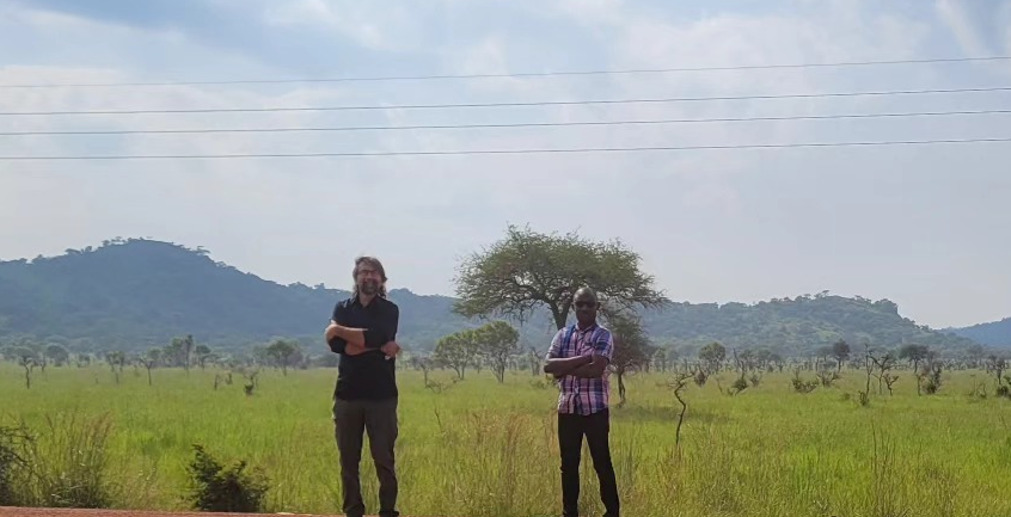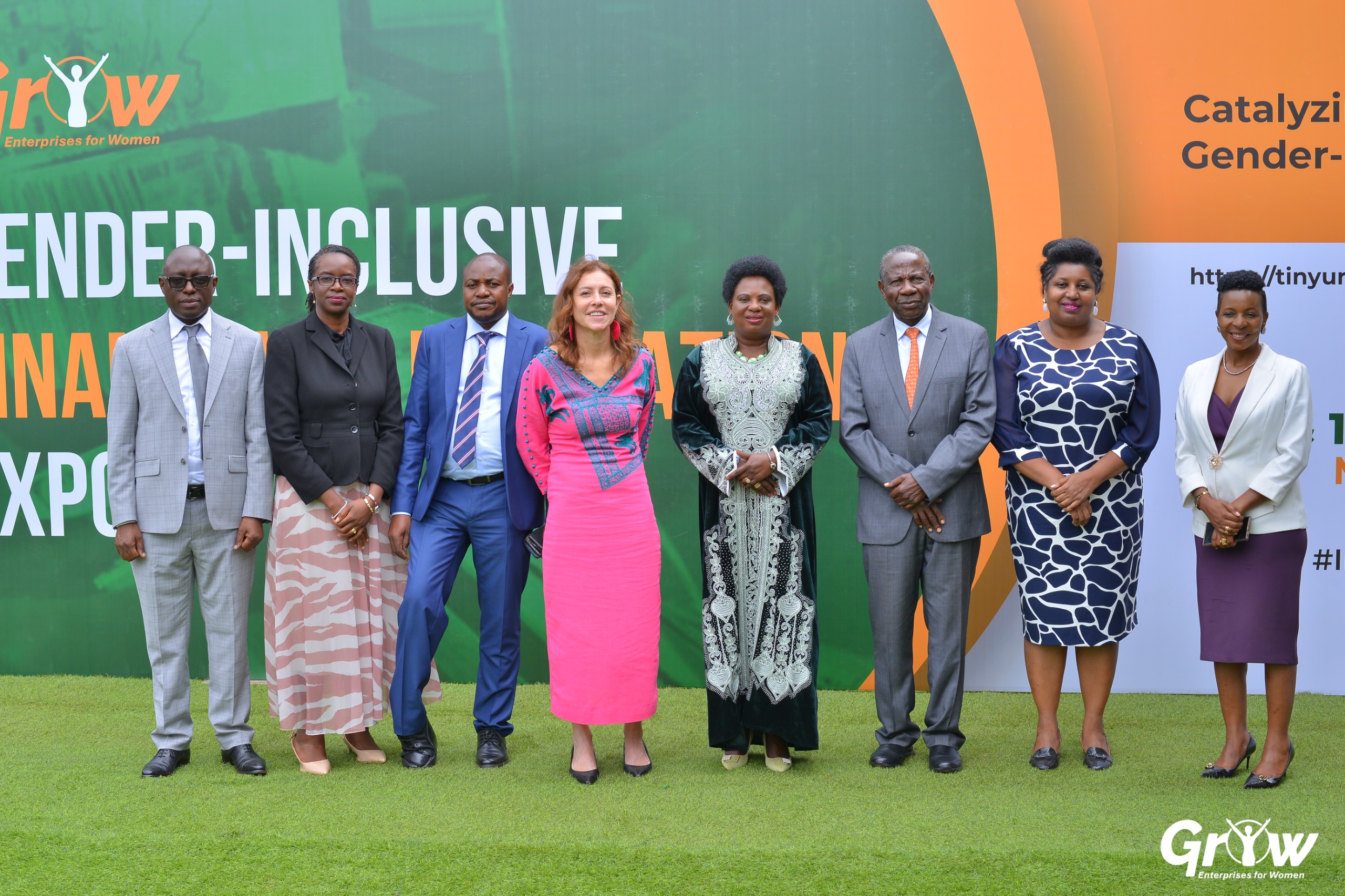In this article, I will demonstrate how Karamoja is a beautiful region with various resources, yet it continues to struggle with poverty, scarcity, and underdevelopment.
Kabiito (2021),grounded in scientific evidence, stated that ”there is no convincing evidence to suggest that an area which was once a favorite for ivory and trophy hunters in the 19th century, a source of beef and profits for imperial Britain through the colonial era, a hub for livestock traders and cattle raiding in the 20th century, and currently a source of marble and limestone for industrial development in the 21st century can still be plagued by poverty.” In fact, I agree with Kabiito that there is something wrong somewhere.

Why? Karamoja has a unique beauty, with diverse landscapes, mountains, gameparks teeming with wild life, short- savannah grass, and rocky ridges that make it stunning and distinctive. To truly appreciate the beauty of Karamoja, one must visit Nabilatuk, Moroto, Nakapiripirit, or the Kidepo Valley in Kaabong District. In terms of mineral resources, the Karamoja region is endowed with gold, chromite, copper, gemstones, limestone, marble, iron, precious and semi-precious stones, and many others (World Resources Institute 2010; Hinton et al., 2011; Czuba, undated).
Now, critical and logical thinking comes into play. With the beautiful Karamoja scenery, wildlife, fertile soils, and abundance of minerals, why is the subregion impoverished and plagued with never ending problems?
Actually, to appreciate the giftedness of Karamoja, one needs to travel 50 miles east of Moroto district, into the neighborhoods of Turkana county (in Kenya), then he or she will accept that Karamoja as a region has resources.
However, the subregion is currently entangled in poverty, vulnerability, under-development, waragi consumption, misery, food insecurity, illiteracy, violence, and many other challenges. It is surprising that the currently struggling Karamoja was once one of the most economically lucrative parts for the colonial masters in the 1920s (Mamdani, 1985; Kabiito,2021). As a matter of fact, stakeholders, the government, and development partners, there is a need for critical thinking to explore how the beauty and resources of Karamoja can be utilized to change the image of Karamoja and improve the lives of its inhabitants.
Ayub Mukisa (PhD)
Executive Director-Karamoja Anti Corruption Coalition (KACC)
Email: ayubmukisa@gmail.com
Do you have a story in your community or an opinion to share with us: Email us at editorial@watchdoguganda.com














